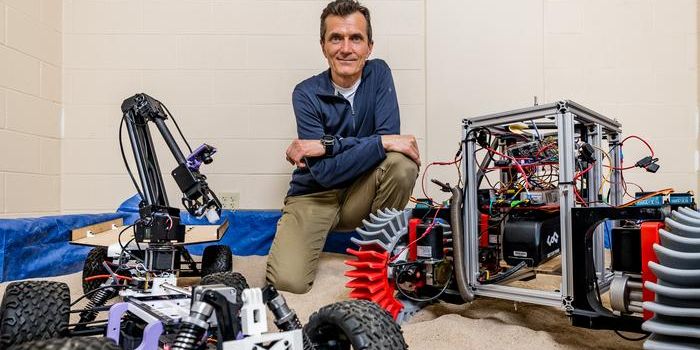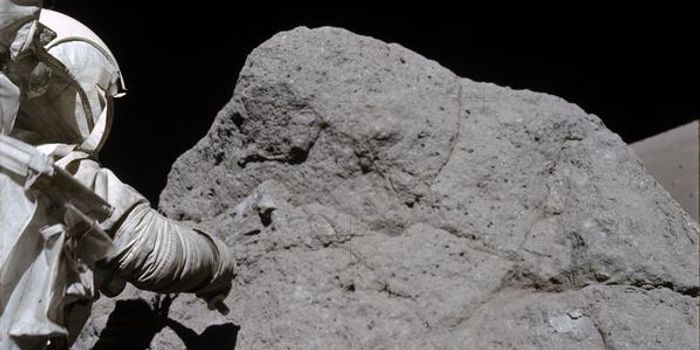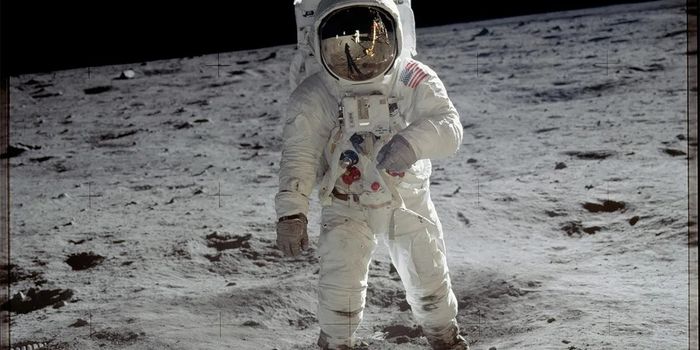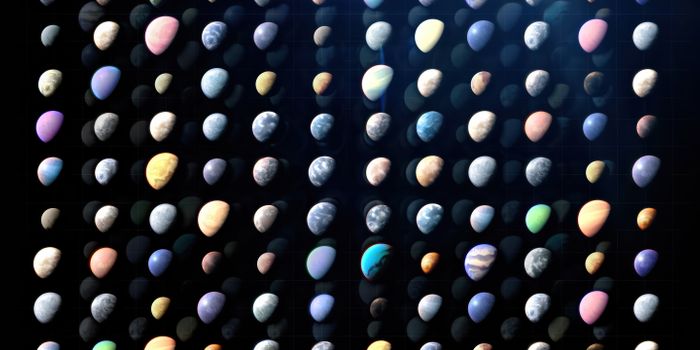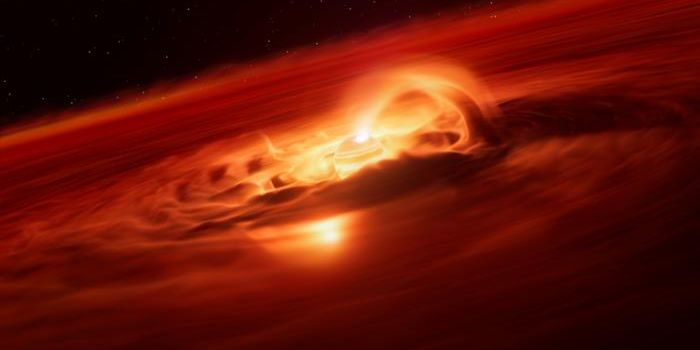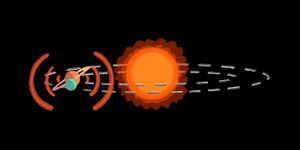The Future of Lunar Resource Extraction: Teleoperation and Simulation
How will future missions to the Moon help extract valuable resources that can be used for scientific research or lunar settlement infrastructure? This is what a recent study being presented this week at the IROS 2024 (IEEE/RSJ International Conference on Intelligent Robots and Systems) hopes to address as a team of researchers from the University of Bristol investigated how a combination of virtual simulations and robotic commands could help enhance teleoperated robotic exploration on the lunar surface on future missions.
For the study, the researchers used a method called model-mediated teleoperation (MMT) to create simulated regolith and send commands to a robot that carried out the task. In the end, the researchers found effectiveness and trustworthiness of the simulated regolith to the robot conducting the tasks was 100 percent and 92.5 percent, respectively. The reason teleoperated robots are essential is due to the time lag between the Earth and the Moon and extracting resources from the lunar surface, known as in-situ resource utilization (ISRU), is also being deemed an essential task at developing lunar infrastructure for future astronauts.
Image of the robotic demonstration scooping "lunar regolith". (Credit: Joe Louca)
“One option could be to have astronauts use this simulation to prepare for upcoming lunar exploration missions,” said Joe Louca, who is a PhD Researcher at the University of Bristol and lead author of the study. “We can adjust how strong gravity is in this model, and provide haptic feedback, so we could give astronauts a sense of how Moon dust would feel and behave in lunar conditions – which has a sixth of the gravitational pull of the Earth’s. This simulation could also help us to operate lunar robots remotely from Earth, avoiding the problem of signal delays.”
This study comes as NASA plans to land the first humans on the lunar surface for the first time since Apollo 17 in 1972 with the Artemis Program with the goal of landing the first woman and person of color on the lunar surface. The goal of the program is to establish a permanent human presence on the Moon while developing the necessary technologies for future space missions, specifically future crewed missions to Mars, as established by NASA’s Moon to Mars Architecture.
What new advancements in teleoperated robots will researchers make in the coming years and decades? Only time will tell, and this is why we science!
As always, keep doing science & keep looking up!
Sources: University of Bristol, EurekAlert!, NASA


